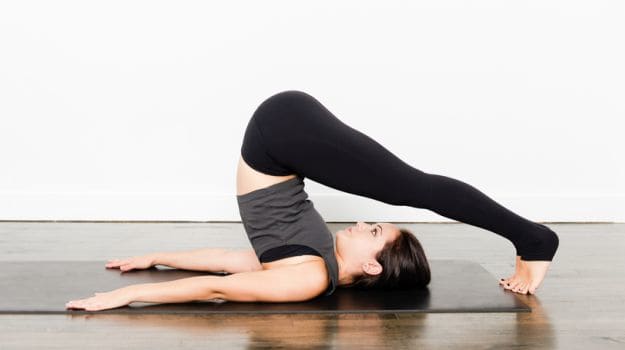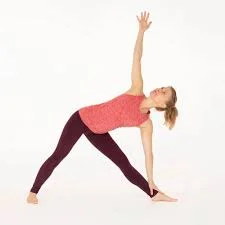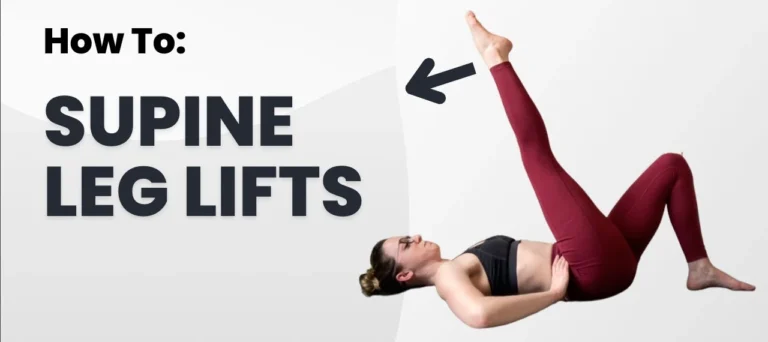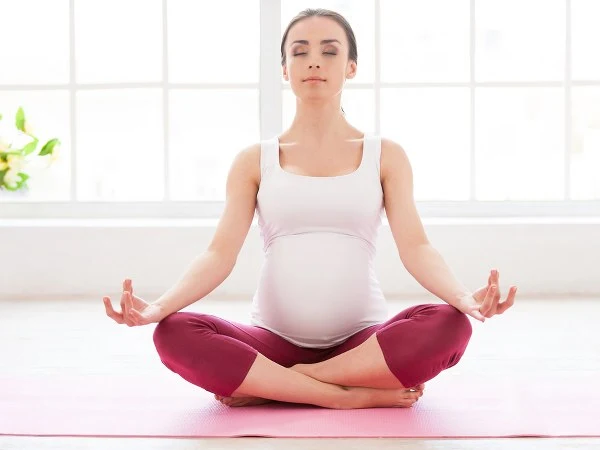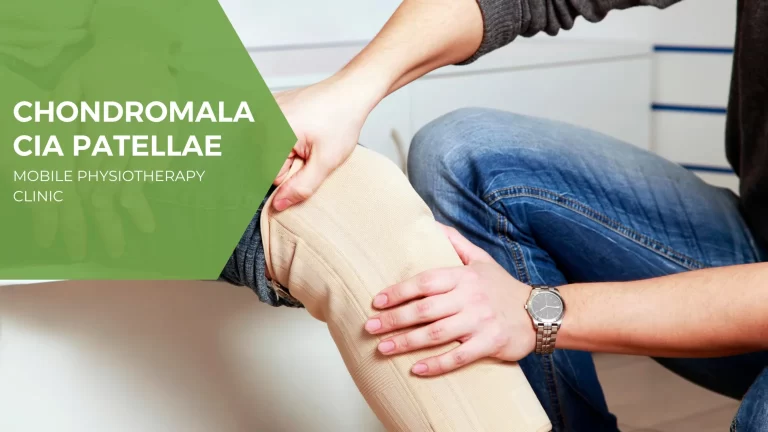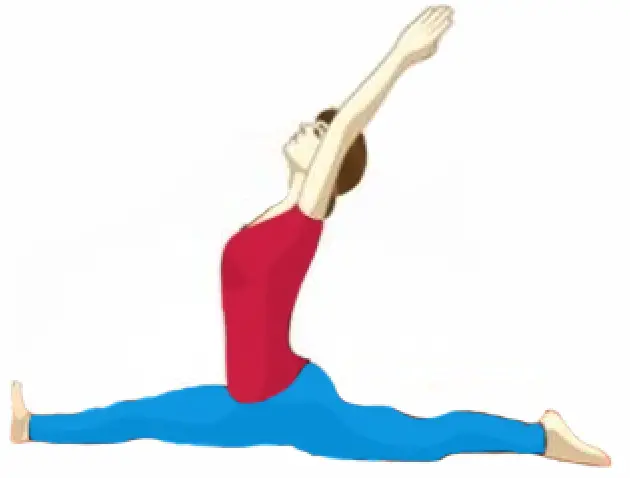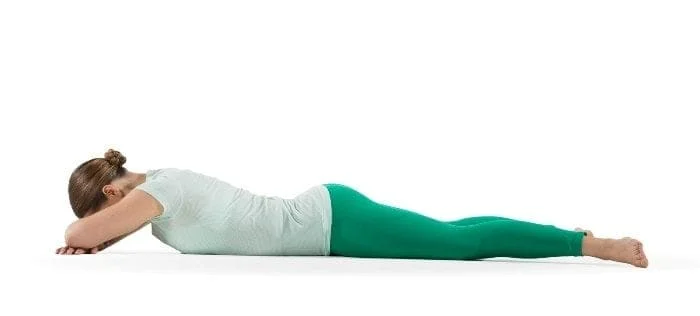Halasana
Table of Contents
What is a Halasana?
Halasana is a folded inversion, traditionally considered a finishing pose that may be practiced at the end of a yoga session. As a finishing pose, it helps prepare the body for relaxation, pranayama and meditation.
How to do Halasana?
Steps
Lying on the floor in a supine position, with the arms alongside the body and palms facing down, bend the knees and kick and rock the legs up and back, bringing the bent knees to the forehead and placing the hands under the hips.
slows, as you exhale, straighten your knees to attain the proper posture. Keep your torso perpendicular to the floor and your legs fully extended.
Inhale, draw your chin away from your sternum and soften your throat opening up the shoulders and pressing into the ground with the upper arms to create lift.
To feel the complete benefits of the pose, move the legs as further from the head as possible. At this stage one achieves a chin lock. At this point pressure is put on the thyroid glands.
Interlace the fingers of your hands behind your back and gently squeeze the shoulder blades together. You may also slide the arms over your head and grab your toes.
Maintain the position and your breathing for 4-10 counts depending on your level of comfort.
Finally, exhale as you slowly and easily retrieve your legs from behind your back and place them perpendicular to the mat.
Return to supine position once again.
Repeat 3-4 times.
Halasana Video
Description
The pose is entered from Sarvangasana (shoulderstand), lowering the back slightly for balance, and moving the arms and legs over the head until the outstretched toes touch the ground and the fingertips, in a preparatory variant of the pose. The arms may then be moved to support the back into a more vertical position, giving a second variant pose. Finally, the arms may be stretched out on the ground away from the feet, giving the final pose in the shape of a traditional plough.
Cautions
Plough pose can put significant strain on the cervical spine, which does not normally undergo this type of stress, and can cause injury if not performed properly.
Stretches:
Vertebral column, Shoulder.
Pose type:
Inversion.
Benefits of Halasana:
- Improves Digestive System: The intake of packaged food with zero nutrition, relishing of junk delicacies, seasonal changes, etc., may lead to a poor digestive health. A tarnished digestive health gives rise to various problems such as constipation, acidity, indigestion, etc. One of the natural, cost-effective ways to strengthen the digestive fire is to practice the Halasana. The plow pose gives a gentle massage to the digestive system and strengthens the colon for proper assimilation of the food and provides relief from various stomach disorders. It is also effective in treating the disease of ulcerative colitis constipation.
- Relieves a Backache: Our busy schedules and mostly sedentary lifestyle attached with heavy digital existence have resulted in a large number of people being afflicted with a backache. Injuries, poor posture, obesity, etc., are some of the reasons for bad spinal health. Therefore, back pain is a matter of concern and can be treated with the help of yoga. The plow pose stretches the back muscles and makes the spinal cord strong and flexible thus reducing lower back pain.
- Reduces Stress: Many people live a highly stressful life and constantly juggle with competition, job problems, relationship discord, family fuels, and so much more. In the midst of all this, they long for a solution that can yield a far-reaching result and the practice of halasana benefits the individual with a calm and peaceful brain. When the halasana is performed with breathing techniques, it positively influences the psychological well-being of a practitioner.
- Beneficial for diabetes: Diabetes can strike you anytime and excessive urination, a loss of concentration, high blood pressure are some of the problems that accompany it. If you wish for an alternate system to the painful insulins and tablets, then consider taking up the practice of yoga, especially, the halasana. The plow pose helps control the blood sugar levels, reduces the production of glucagon, lowers stress levels and greatly prevents the disease of diabetes.
- Effective in Weight Loss: If strict diet plans and various fitness regimes have proven ineffective in burning fat from the body then delve in the practice of halasana that naturally sheds extra pounds of weight from the body and strengthens the waist.
- Stimulates the Thyroid Glands: Inversions are about blood flow! The plow pose directs the flow of blood from the lower extremities to the head region, neck, glands (thyroid, pineal, pituitary) thus stimulating their functioning and directly enhancing the endocrine system.
- Therapeutic for Leg Cramps: All those who are looking for ways to treat their painful leg cramps can perform halasana and can get rid of the muscle cramps effectively. The plow pose stretches all the muscles of the thighs,
Contraindication of Halasana
Avoid practicing Plow Pose (Halasana) if you have injured your neck or are suffering from diarrhea and high blood pressure.
Ladies should avoid practicing Plow Pose (Halasana) during pregnancy and during the first two days of their menstrual cycle.
Consult a doctor before practicing Plow Pose (Halasana) if you have suffered from chronic diseases or spinal disorders in the recent past.
those who have slipped discs or back issues
strained or weakened cervical muscles
legs, hamstrings, or calf muscles that are weak.
As much pressure is placed on the lower belly during this yoga posture, those with enlarged thyroid, spleen, or liver should avoid it.
Weak blood vessels in the eyes
Those with severe headaches such as migraines
High blood pressure
Sciatica pain.
Spondylolisthesis
Those with weak digestion
FAQs
Your back muscles are stretched, strengthened, and toned in halasana, which also stretches your spine. It aids in preventing and easing back, shoulder, and neck pain. Additionally, the pose strengthens your legs, arms, and shoulders. Halasana practice increases flexibility, which strengthens the mobility of the muscles and joints.
Halasana, also known as Plow Pose, is a yoga pose that primarily works on the following muscle groups:
Spinal Erectors: The muscles that run along your spine, known as spinal erectors, aid in stabilizing and extending the spine. They are used in Halasana to raise and hold your legs above your head.
Shoulder Muscles: To support your body weight and keep your balance in Halasana, you must engage your shoulders. Particularly active muscles include the deltoid and trapezius.
Neck Muscles: As you maintain the pose, your neck muscles support and guide the position of your head.
Hamstrings: Your hamstring muscles need to be contracted in order to hold the position when your legs are raised over your head.
Your core muscles, such as the rectus abdominis and transverse abdominis, are used to lift your legs and stabilize your trunk.
This position should not be done by anyone who has a neck or back injury, asthma, high blood pressure, diarrhoea, or any other health condition. Women who are menstrual or pregnant should likewise avoid from performing Halasana.
Halasana massages the gastrointestinal tract, which enhances digestion and controls appetite. Halasana is a well-liked option for people trying to lose extra weight because it promotes metabolism and acts on the thyroid gland.

